Want to know the history of your house? Guidelines and records are readily available. Historical photographs, maps and records relating to Glebe and Forest Lodge can be accessed online at the City of Sydney, State Library of NSW, Births Deaths and Marriages, NSW Land Registry and Trove (National Library of Australia) websites.
Step 1: Locate your house on historical maps
Historical Atlas of Sydney includes maps of Glebe from the City of Sydney Archives:
- City of Sydney (Sheilds), 1845
- City of Sydney, 1854
- City of Sydney & Suburbs, 1855
- Glebe, Camperdown, Newtown, Macdonaldtown & Darlington, 1886
- City of Sydney & Suburbs, 1887
- Glebe Municipality, 1888
- City of Sydney, 1903
- Glebe Municipality, 1910
- City of Sydney – Civic Survey, 1938-1950
- Glebe Municipality, 1939
- City of Sydney – Aerial Photographic Survey, 1949
- City of Sydney – Building Surveyor’s Detail Sheets, 1949-1972
The State Library of NSW has a collection of maps and subdivisions of Glebe, some of which are available online (to list the full collection, remove the “Full Text Online” filter). The significance of the NSW Surveyor General’s maps from the late 1880s, also made available online by the State Library, have been described elsewhere on this site.
Similarly, the National Library of Australia has a collection of maps of Glebe and an extensive collection of subdivision sales plans available online.
NSW Land Registry Services provides access to cadastral and topographic information, satellite data and aerial photography at SIX Maps. Clicking on a property using the Identify Tool gives the property’s Lot identifier (the “title reference”), essential for performing land title searches.
Step 2: Perform land title searches
Certificates of Title
In NSW, a property’s “title reference” is of the form Lot/Plan, such as 101/852944 (the Glebe Library). It identifies the property in the NSW land register.
The title reference of a property can change over time (typically when subdivisions occur). Prior to the 1980s, the title reference was of the form Vol-Fol (e.g. 13519-111 for the Glebe Library, referring to the land register’s physical volume and enclosed folio on which the property’s Certificate of Title was printed).
Title references can be found using the NSW Land Registry Services Online Portal. Prior title references can also be searched (under the “Find records” menu), and this should be repeated as many times as possible to discover the full chain of title references recorded in the land register.
Historical land records can be searched using NSW LRS’s Historical Land Records Viewer (HLRV). Search by attribute “Vol-Fol” to find the historical Certificate of Title, if digitised. If the document has not been digitised, it can be accessed in person at the Land Registry Services office (1 Prince Albert Road, Sydney). In some circumstances, Deposited Plans for large subdivisions can be found on HLRV. Seach by attribute “DP” and enter the Plan number of interest (e.g. 852944 for the Glebe Library).
Primary Applications
For land to be registered on the NSW land register and a Certificate of Title issued, a Primary Application must be made that establishes a chain of ownership under the old legal system. The information contained in Primary Applications can be rich, listing transfers, leases, mortgages and other dealings as far back as the early 1800s (in Glebe, back to the original church grant of 1829). Primary Applications can be accessed in person at the Land Registry Services office (1 Prince Albert Road, Sydney).
Primary Application numbers can be found on the original Certificate of Title. Alternatively, the Glebe Municipality, 1910 map is especially useful, showing Primary Application numbers for most of the subdivisions of Glebe. Note that Primary Applications can make reference to other Primary Applications where a common chain exists, and this is often the case in subdivisions. The first subdivision must establish the full chain of ownership, so it’s always worth following any references. For example, the Glebe Library is covered by Primary Application number 11790, but it is Primary Application number 11784—also part of the Benledi Estate—that gives the full history.
Deeds
Primary Applications make reference to old system deeds (essentially contracts), found in the Old System Records section at the Land Registry Services office (1 Prince Albert Road, Sydney). They are of the form “Number, Book” (e.g. No. 509, Bk. 17).
Step 3: Search Trove
This site includes virtually every newspaper published in Australia. A useful search function is at Advanced Search – Newspapers and Gazettes.
In “The phrase” field, put in the street number, street name and suburb. Under “Places and Titles”, NSW only is best because there are Glebes in other states.
In the 19th century and early 20th century, many funerals left from the deceased’s residence. This can be a good starting point for the occupants of a house at a particular time. Occasionally also, there is a newspaper story about an occupant that includes their address. If you find a name through this process, you can also search Trove using that name.
Step 4: Search state records
A search for ‘Glebe’ in the digital archives of the State Library of NSW gives thousands of photos, plans and other items.
The NSW Registry of Births, Deaths and Marriages (BDM) site can be freely searched for the records of all registered NSW births (prior to 100 years ago), marriages (prior to 50 years ago) and deaths (prior to 30 years ago).
If you find a name in the Trove search, especially a death notice that lists other family members, BDM can be used to try and find more specific details about the family connections (date of a marriage, children of that person, etc). There is a fair bit of guesswork involved with regard to the actual date parameters you choose.
There can be variant versions or spellings of either the father’s or the mother’s given name. For example, births registered by the McInerney family in Darling Street, Glebe in the 1890s sometimes list the mother as “Bridget” and sometimes “Maria”—she was Bridget Maria McInerney.
The Ryerson Index is a complete record of all death notices published in Australian newspapers, up until the present day. Trove can be used to find most notices.
Step 5: Search Council records
The City of Sydney Archives maintains extensive collections. Use the online catalogue to search for historic photos, maps and documents, including:
- A selection of archives relating to Glebe.
- Historical atlas
- Photographs featuring Glebe and Forest Lodge.
- Planning street cards, Glebe 1948 to 1999. Planning street cards provide information about historical building and development applications. Guide to using Planning Street Cards.
- Sands Directory search.
The firm of John Sands Ltd (Printers and Stationers) published their directory each year from 1858–59 to 1932–33 (except for 1872, 1874, 1878 and 1881). One part of the Sands Directory was a list of every suburb by street and householder. It is an excellent source document to find the name of each householder at a specific address and time. In early years, the house was often referred to by a house name—another tip for a Trove search. Sometimes the names of streets have changed, sometimes the numbering of individual houses have changed—beware!
Step 6: Search the Glebe Society’s Bulletin
Finally, of course, you can search this website and our Bulletin. Both have many articles over the years on street and house history.



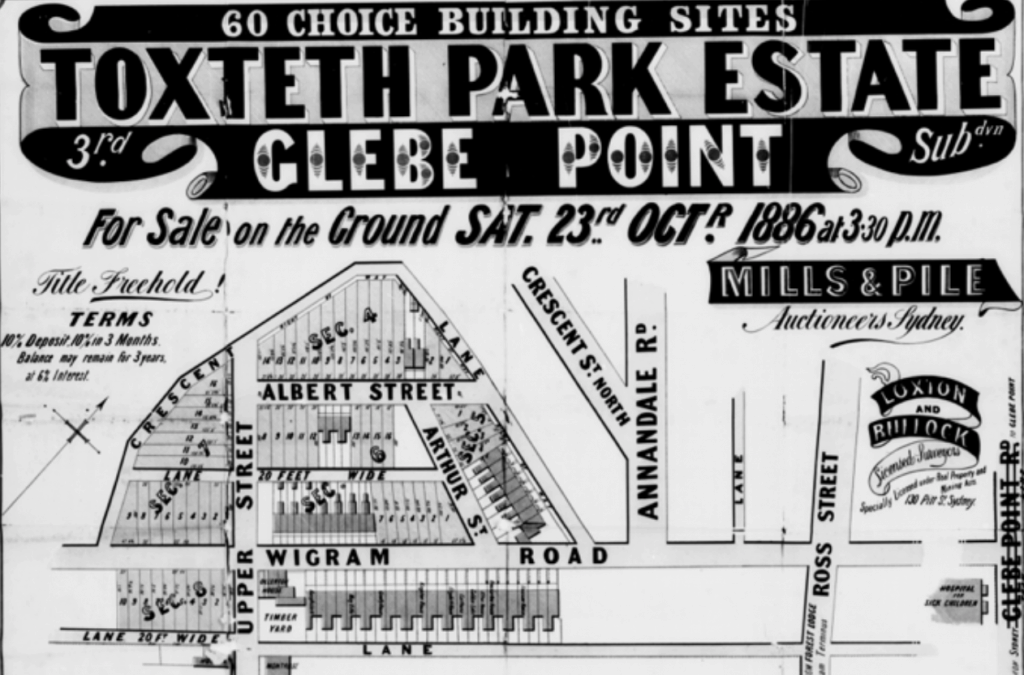
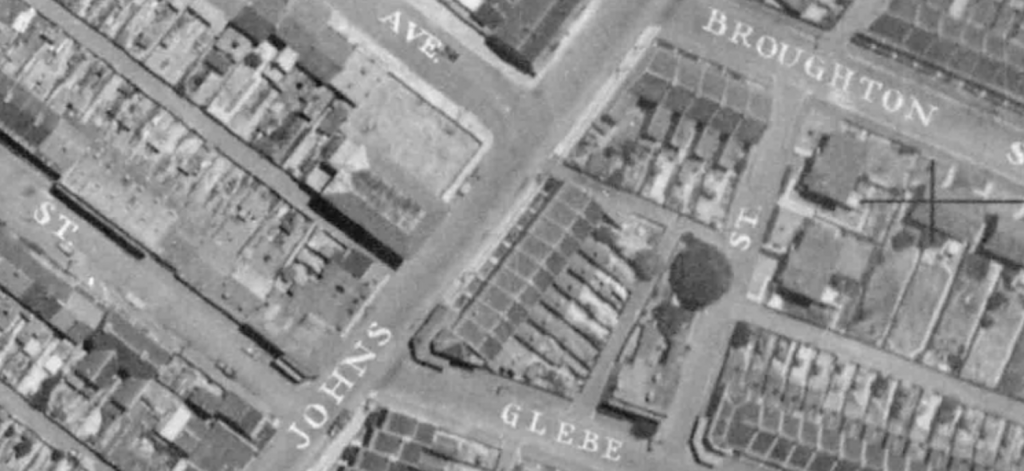
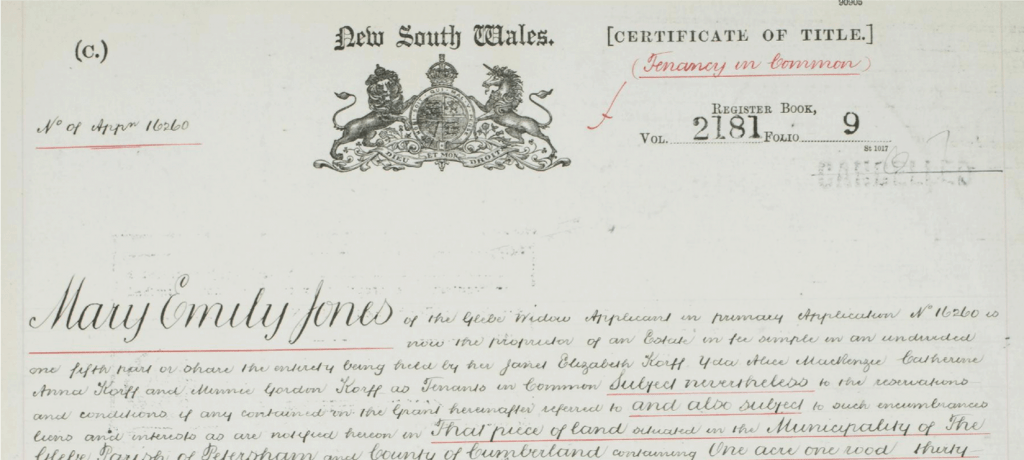
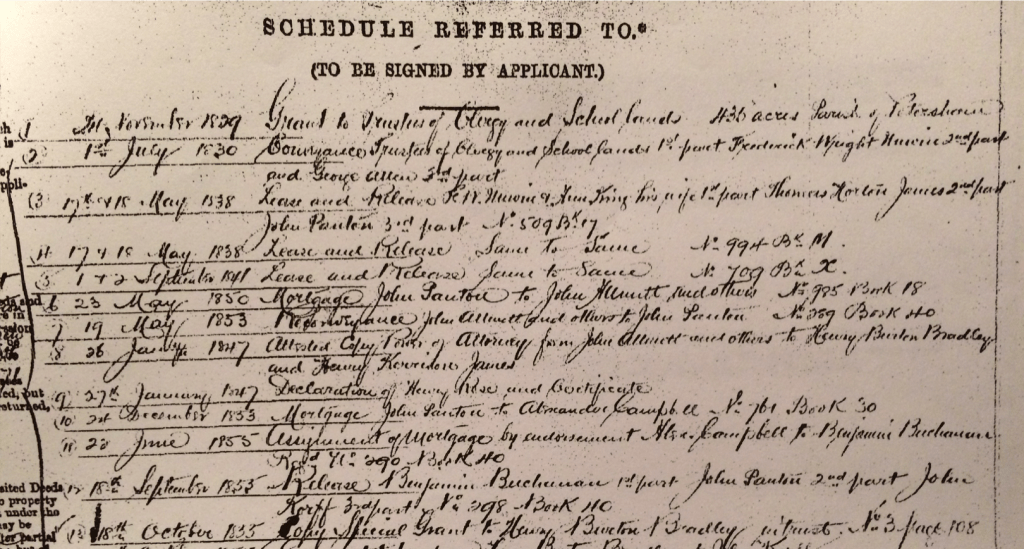
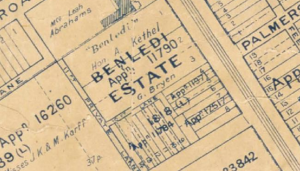





Join the conversation on Facebook.